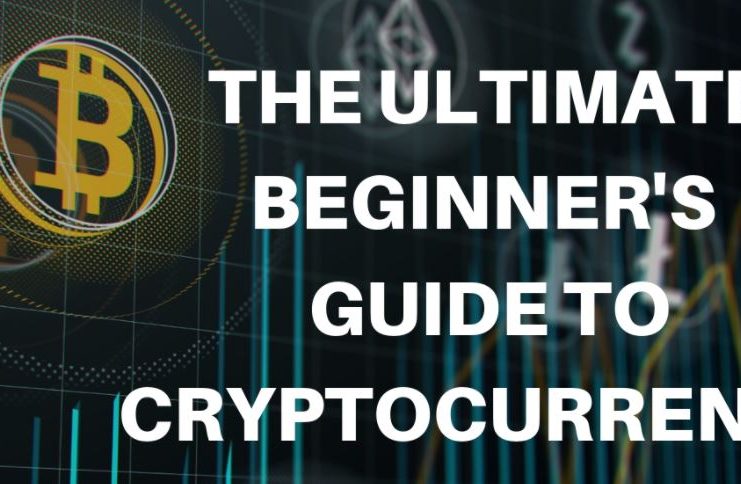Table of Content:
- Chapter 1: What is Cryptocurrency?
- Chapter 2: Cryptocurrency Trading Basics
- Chapter 3: Trading Strategies
- Chapter 4: Technical Analysis Basics
- Chapter5: Technical Analysis Indicators
- Chapter 6: How To Trade On Binance
Technical Analysis Basics:
What is a long position?
What is shorting?
What is the order book?
Order books will differ with each platform, but generally, they’ll contain roughly the same information. You’ll see the number of orders at specific price levels.
What is a market order And How to use it?
A market order is an order to buy or sell at the best currently available market price. It’s basically the fastest way to get in or out of a market.
What is a limit order And how to set it?
Using a limit order allows you to have more control over your entry or exit for a given market. In fact, it guarantees that your order will never fill at a worse price than your desired price.
However, that also comes with a downside. The market may never reach your price, leaving your order unfilled. In many cases, this can mean losing out on a potential trade opportunity.
Deciding when to use a limit order or market order can vary with each trader. Some traders may use only one or the other, while other traders will use both – depending on the circumstances. The important thing is to understand how they work so you can decide for yourself.
What is a stop-loss order and how to place a stoploss? (V V Important To Use Stop Loss)
How does a stop-loss order work? As I have mentioned, the stop-loss can be both a limit or a market order. This is why these variants may also be referred to as stop-limit and stop-market orders. The key thing to understand is that the stop-loss only activates when a certain price is reached (the stop price). When the stop price is reached, it activates either a market or a limit order. You basically set the stop price as the trigger for your market or limit order.
Stop loss in Urdu/Hindi
Support And Resistance (V V Important)
Support and resistance are some of the most basic concepts related to trading and technical analysis.
Support means a level where the price finds a “floor.” In other words, a support level is an area of significant demand, where buyers step in and push the price up.
Resistance means a level where the price finds a “ceiling.” A resistance level is an area of significant supply, where sellers step in and push the price down.
What Are Support And resistance?
How To Find Support And Resistance Levels
Support and Resistance In More Detail
Support And Resistance In Hindi
Trend Lines ( VV Important)
Trend lines are a widely used tool by both traders and technical analysts. They are lines that connect certain data points on a chart. Typically, this data is the price.
The main idea behind drawing trend lines is to visualize certain aspects of the price action. This way, traders can identify the overall trend and market structure.
Explaining Trends, How To Draw Trend Lines
How To Draw Trendlines
How To Draw Trendlines Like A Pro
Best Trend Lines Trading Strategy (Advanced)
DisClamier: This content is informational and should not be considered financial advice. The views expressed in this article may include the author's personal opinions and do not reflect The Crypto Basic opinion. Readers are encouraged to do thorough research before making any investment decisions. The Crypto Basic is not responsible for any financial losses.



